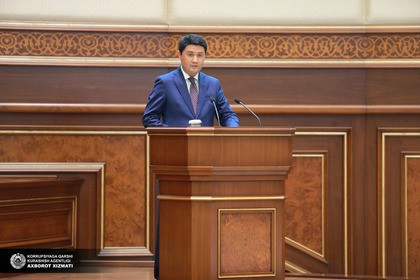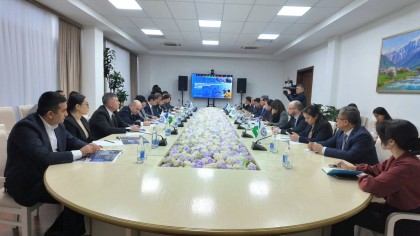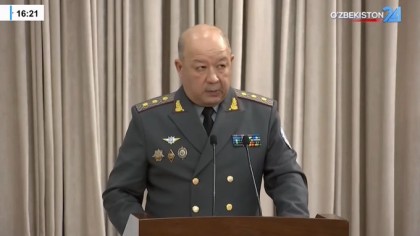In 2023, the largest share of damage to state interests from corruption-related crimes occurred in Andijan, Namangan, Kashkadarya and Tashkent provinces. The number of corruption-related crimes increased in Surkhandarya and Andijan provinces.
This was announced at a meeting of the Senate of the Oliy Majlis on Saturday, presenting the third National Report on the Fight against Corruption, the press service of the Senate reports.
The majority of those convicted in criminal cases related to corruption are employees of preschool and school educational institutions, commercial banks, healthcare organizations and governor and mayor offices.
In general, as reported by the press service of the Anti-Corruption Agency, the number of persons who committed corruption-related crimes in 2023 decreased by 12% (from 7,414 to 6,535) compared to the previous year, and the number of such crimes - by 11% (from 4,607 to 4,128).
The amount of damage caused by corruption-related crimes decreased by 608 billion soums, or 29%, - from 2.04 trillion to 1.4 trillion soums. Measures are currently being taken to fully recover this money.
At the beginning of the year, the Prosecutor General's Office reported that 3,575 officials were brought to criminal liability in 2023, which is 14.7% more than the year before. The main type of crime, leading by a wide margin, is theft of property. The number of republican-level officials convicted was 55% lower than in 2022. It was reported that the damage as a result of official crimes amounted to 1.546 trillion soums (in 2022 - 1.12 trillion).
Akmal Burkhanov named the adoption of new regulatory documents, the introduction of international standards into national legislation and measures to ensure the openness of government agencies as factors in achieving a reduction in corruption crimes.
Internal oversight bodies have been created in 117 ministries and departments, and the Anti-Corruption Agency has launched a system for training employees of internal oversight bodies with the involvement of international experts at least once a quarter.
In the course of oversight measures carried out by 4,349 internal oversight structures, cases of theft of 342.6 billion soums and financial violations worth 928.9 billion soums were identified. Illegal spending of 953.4 billion soums was prevented, and 372 billion soums of illegal expenses were recovered in favor of state bodies.
While, 20 government bodies have not developed departmental documents on the implementation of the internal oversight system, and in 13 the internal oversight system does not function effectively.
In particular, departmental documents related to the implementation of the internal oversight system have not been developed in the governor offices of the Andijan and Surkhandarya provinces, the Foreign Ministry, the Inspectorate for Oversight over the Safety of Water Management Facilities and Water Use.
During the assessment of the level of corruption risks in 7,525 functions of 92 ministries and departments, 495 functions were identified as having a “high” risk, 1,541 - “medium” and 5,489 - “low”. The E-Anticor platform also created a corruption risk map for government organizations, programs to reduce corruption risks, and a list of positions with high corruption risks.
In 2023, the agency conducted an anti-corruption assessment of 307 draft regulatory legal acts, 174 of which revealed 413 corruption factors.
Senators put forward a number of proposals aimed at improving anti-corruption activities. In particular, it was proposed to identify measures that cannot be postponed in government agencies with an increased risk level.
It is necessary to step up campaigning work on the system of incentives for individuals who reported corruption, and also to prevent the imposition of additional tasks on employees of government agencies and internal oversight bodies.














